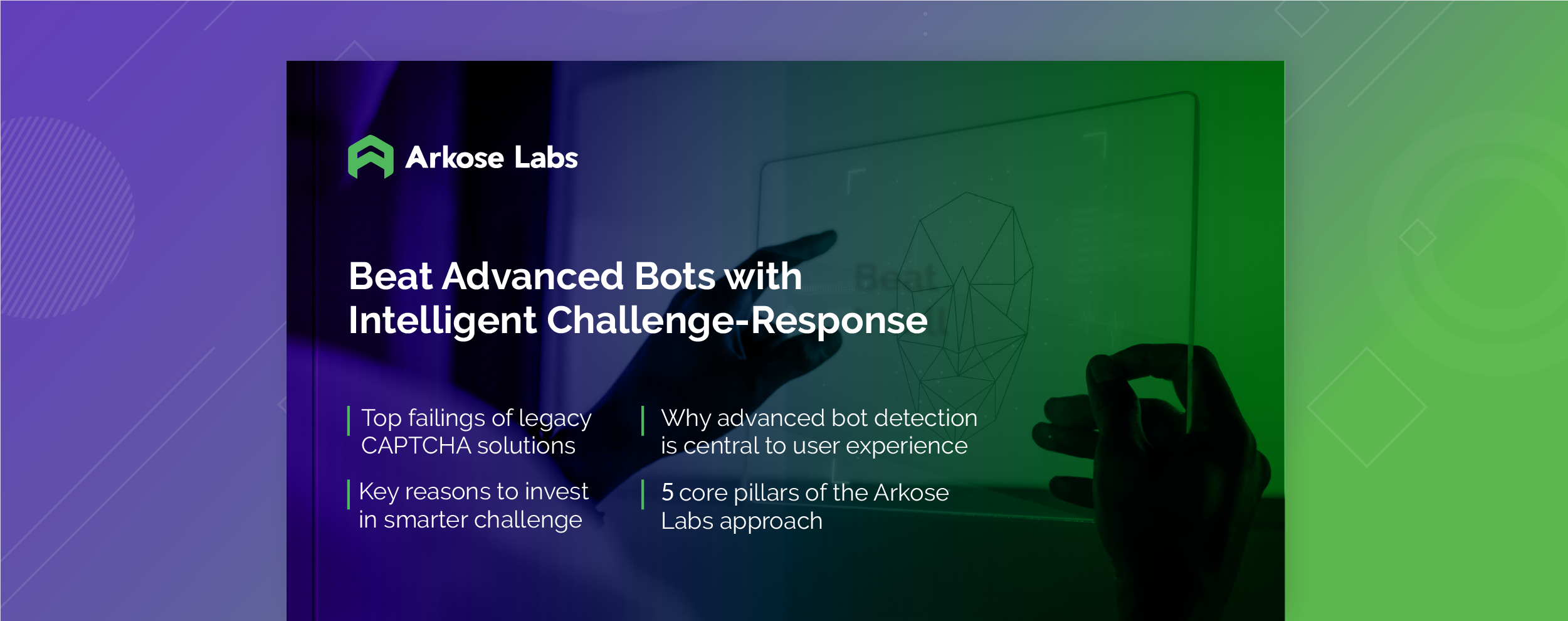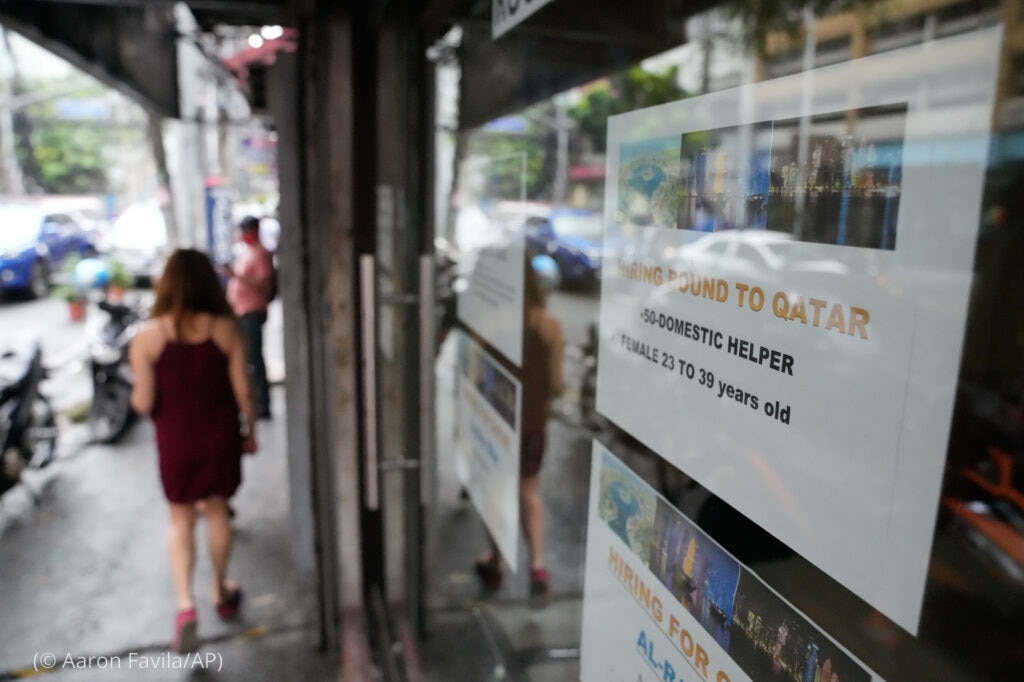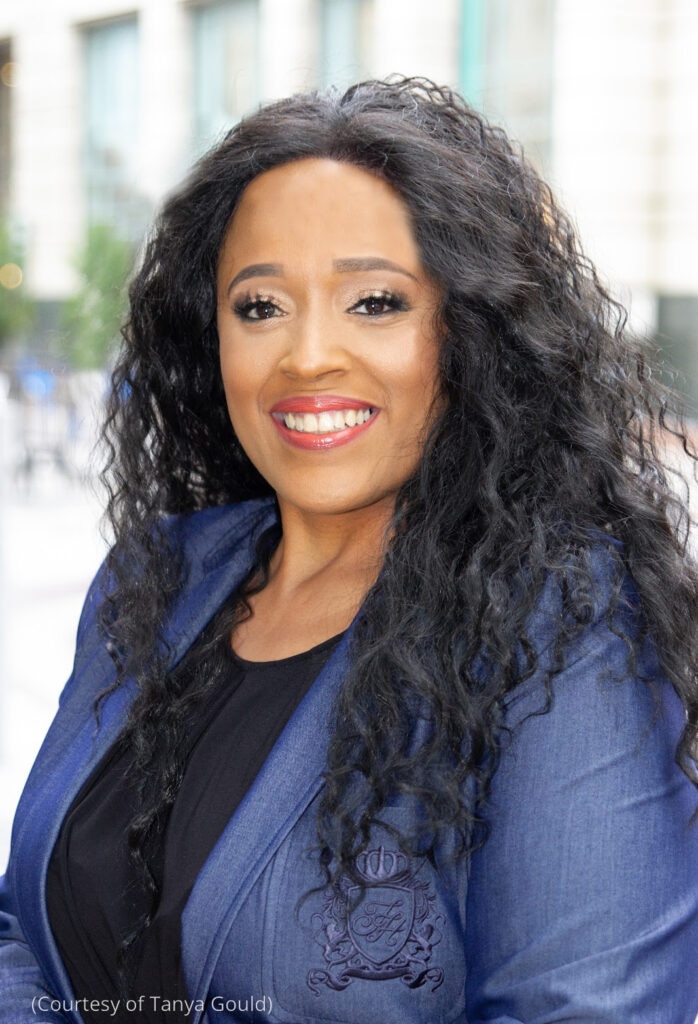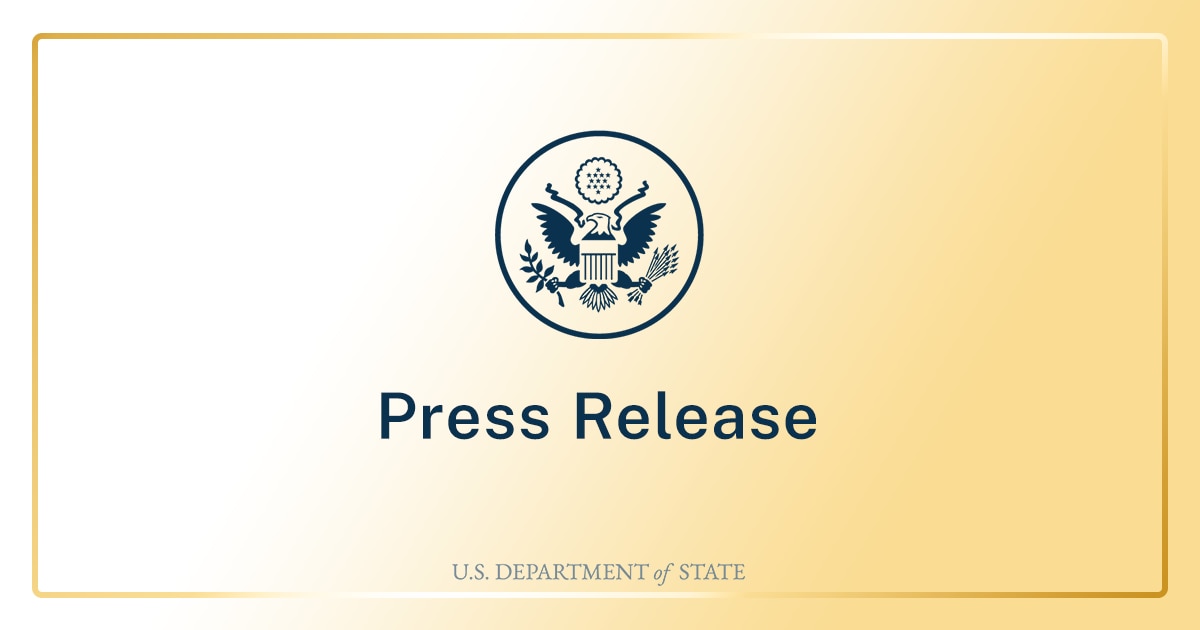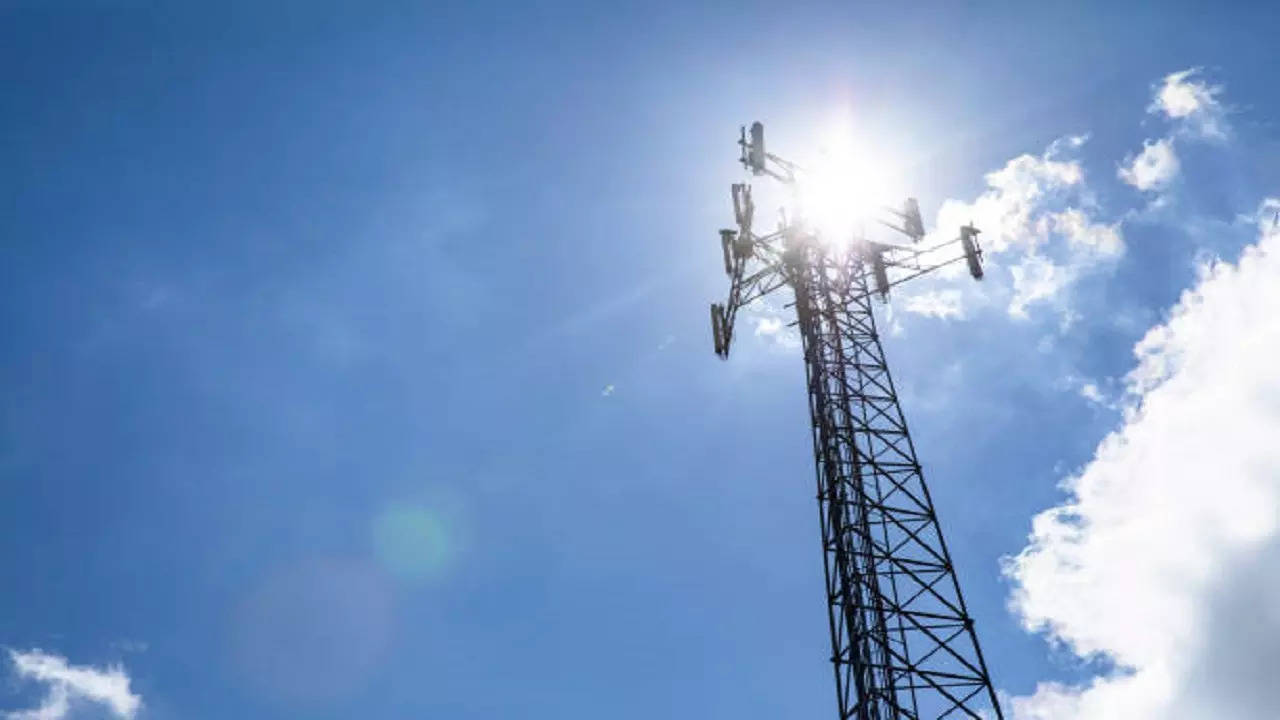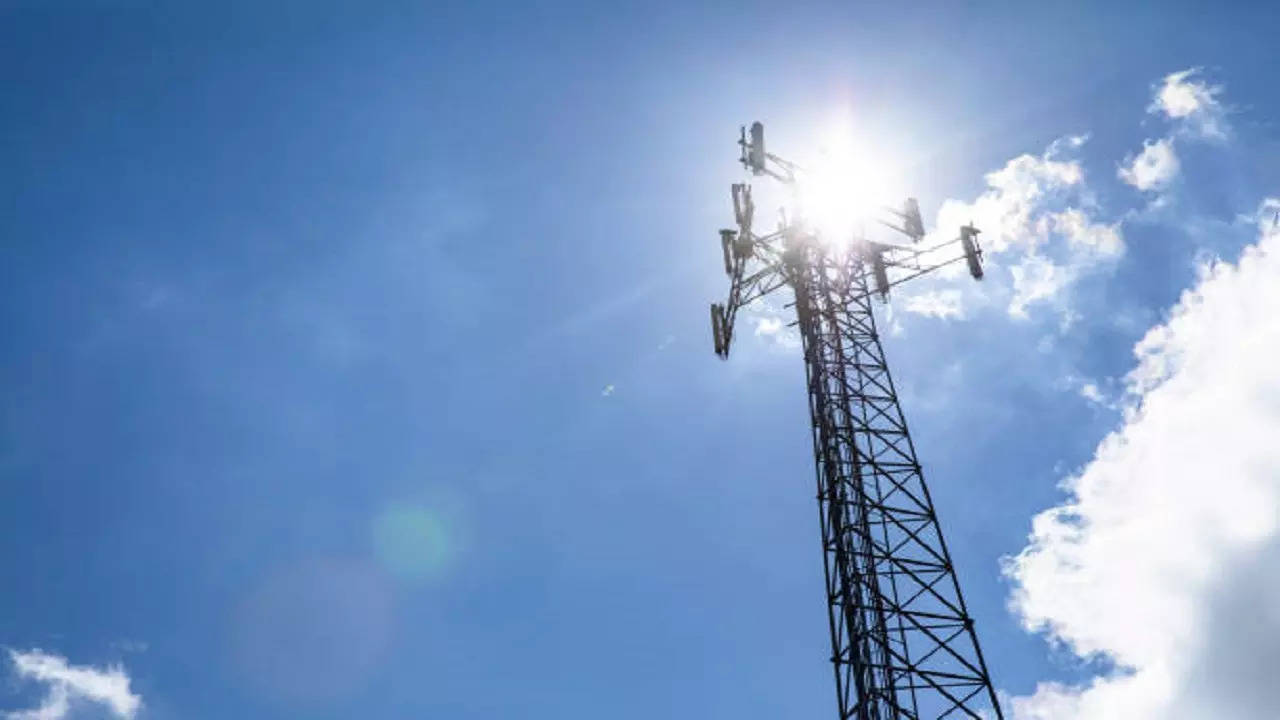How to Distinguish Bot vs. Human Traffic
Not so long ago, bots were considered a modern-day convenience. Understandably so, bots have the potential to make enterprises more efficient with customer service or help to improve an enterprise’s standing on popular search engines. However, with their growing sophistication and scale in recent times, bots and botnets have become a source of concern for enterprises around the globe. In fact, bots now comprise nearly half of all internet traffic. This shows that enterprises need to recognize bots are the “new normal” on the internet and prepare accordingly.
These malicious software applications are designed to mimic human behavior on websites or apps. Usually deployed by cybercriminals to carry out malicious activities such as spreading misinformation, conducting DDoS attacks or inventory scraping, automated bad bots have now become one of the biggest threats to enterprises.
Identifying bot traffic within your website traffic is vital because it allows you to take action and minimize the impact of the bot attack.
In this blog post, we will tell you about the challenges of detecting bot traffic and tips that can help you spot bot traffic. You’ll also find tools that can help monitor bot vs. human traffic.
Ready to defeat advanced, automated bots? Read our ebook, Beat Advanced Bots with Intelligent Challenge-Response, and get started today!
RECOMMENDED RESOURCE
eBook: Beat Advanced Bots with Intelligent Challenge-Response
What is Bot Traffic?
Put simply, bot traffic is non-human traffic generated by robots to web pages and apps. Bot traffic can be beneficial or harmful, depending on the purpose of the bots. Usually, bots perform repetitive tasks automatically without human involvement, like web crawlers. This automation enables a bot’s human overlord to conduct a variety of tasks.
Good bots can be used for marketing and customer service functions, data mining, and fraud prevention. However, malicious bots can also be used for credential stuffing, web content scraping or data scraping, and launching denial of service (DDoS) or account takeover (ATO) attacks. Specific “spam bots” can also be used to control a narrative on social media or…
